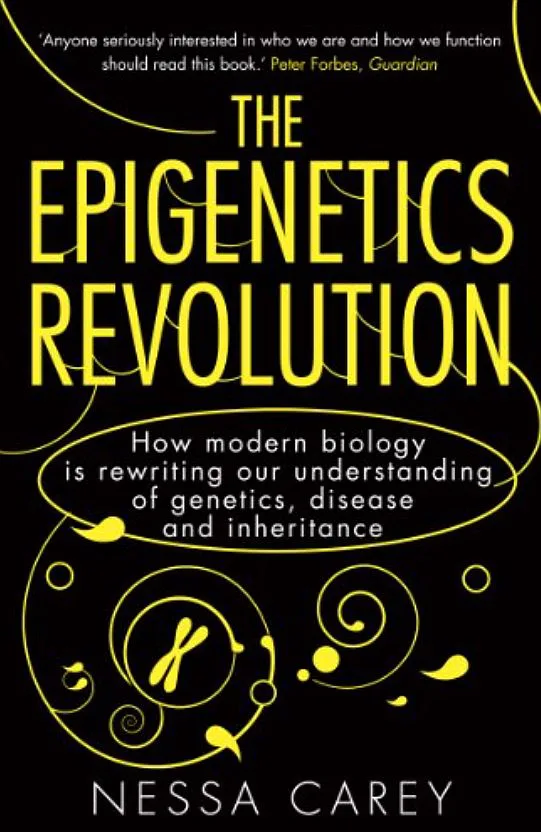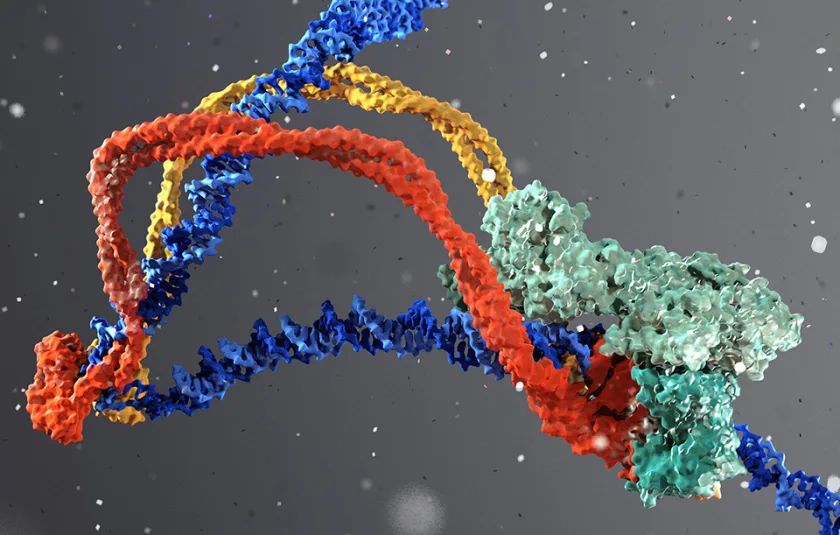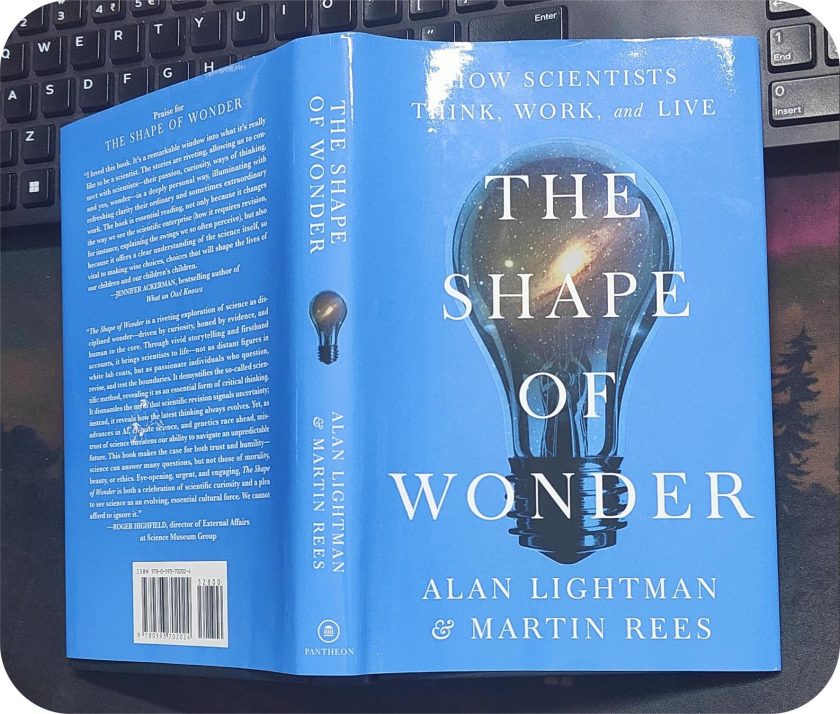
Let’s step into the captivating world of epigenetics. It is a rapidly evolving science rarely explored beyond scientific literature.
Very deftly, Dr. Nessa Carey has connected academia and scientific journalism into her groundbreaking book “The Epigenetics Revolution: How Modern Biology Is Rewriting Our Understanding of Genetics, Disease, and Inheritance”. The book was first published in 2012.
Dr. Carey, is a science director in epigenetics and genetics lecturer. This book is an effort from her side to make the complex genomic interactions and gene names understandable to the general reader. And she has been pretty successful in presenting the significant feats of epigenetic biology to non-science people.
The Human Genome Project
The author has seamlessly woven historical context by shedding light on the triumphs and limitations of the Human Genome Project (HGP).
The HGP was completed in 2003. It was an ambitious international effort aimed at mapping and sequencing the entire human genome. Although it was a groundbreaking achievement, yet it also had some limitations, such as:
- Many genes were annotated as having unknown or hypothetical functions. And the role of certain genes in various biological processes was not clear.
- The human genome contains non-coding regions with unclear functional significance. During the HGP, the primary focus was on protein-coding genes.
- The HGP’s reference genome, based on a limited number of individuals, didn’t capture the extensive genetic diversity across populations. This paved the way for projects like the 1000 Genomes Project, aiming to build more comprehensive databases of human genetic variation.
- The HGP emphasized DNA sequencing but didn’t extensively investigate epigenetic modifications, like DNA methylation and histone changes. Both are vital for gene expression and cellular processes.
- The HGP sparked ethical, legal, and social concerns about genetic information usage, privacy, and discrimination based on data.
The HGP spanned over a decade and relied on substantial technological advancements in DNA sequencing and computational analysis. The sequencing technology used then was relatively expensive, less accurate. And had limited output compared to modern methods.
By weaving historical context into the narrative, the author has helped readers grasp not only the scientific achievements of the Human Genome Project. But also the socio-political and ethical considerations that shaped its course.
Cellular Differentiation and Epigenetic Basis of Pluripotency
Dr. Carey then introduces cellular differentiation using John Gurdon’s pioneering work. It highlighted the genetic “switch” concept and DNA as a script.
She further explores pluripotency’s epigenetic basis and its potential in regenerative medicine, particularly through stem cell therapies.
Pluripotency’s epigenetic basis refers to the specific epigenetic modifications and regulatory mechanisms that maintain a stem cell’s ability to differentiate into various cell types.
Molecular Intricacies of Genetics and Epigenetics
The subsequent chapters explore the molecular intricacies of genetics and epigenetics, including:
The genetic code – It refers to the detailed mechanisms and processes by which genetic information is stored, read, and translated into functional proteins within a living organism.
DNA replication – It highlights the complex processes involved in making an exact copy of the DNA molecule. DNA replication is a crucial cellular event that occurs before cell division. Thus, ensuring that each daughter cell receives an accurate and complete set of genetic information.
Transcription – It converts the genetic code in the DNA into a messenger RNA (mRNA) molecule. This molecule further can be used as a template for protein synthesis during translation.
Translation – Here the sequence of nucleotides in the mRNA is translated into the sequence of amino acids that make up a polypeptide chain, ultimately forming a functional protein.
Chromatin – It is the condensed form of DNA, which allows the long and thin DNA molecule to fit inside the small confines of the nucleus.
DNA methylation – It refers to the process of adding a methyl group (-CH3) to the cytosine base of DNA.
Histone modifications – It refers to the to the chemical changes that occur on the histone proteins, which are the building blocks of chromatin. These modifications can influence the accessibility of DNA to transcription factors and other regulatory proteins, thereby impacting gene expression patterns.

Hormone Receptors Shed Light on Epigenetic Mechanisms
Twin studies discussed in the book serve as a compelling example of how the environment can exert significant influences on genetically identical individuals.
The study contribute to a deeper understanding of how the environment can influence genetically identical individuals. And how epigenetic mechanisms play a crucial role in mediating these effects.
The author then talks about the impact of biological signals such as hormone receptors, on inducing epigenetic changes without requiring somatic mutations.
How?
When hormones bind to their receptors, they can initiate a cascade of events that ultimately result in epigenetic changes.
These changes may involve the addition or removal of specific chemical groups (such as methyl or acetyl groups) to the histone proteins associated with DNA, or to the DNA itself.
These modifications can alter the accessibility of genes, either promoting or repressing their expression.
Interestingly, these epigenetic changes can occur without any alterations to the DNA sequence (somatic mutations). Instead, they represent a dynamic and reversible layer of gene regulation that allows cells to respond to their environment and adapt to changing conditions.
Impact of the Dutch Famine on Future Generations
In the middle of the book, Dr. Carey masterfully uncovers the heritability of epigenetic modifications. By introducing environmental events like the haunting Dutch famine, she puts forward the profound effects it had on the health destinies of future generations.
She explains that only specific regions of the genome are affected. Early embryonic development skillfully prevents such harmful modifications. Thus, ensuring life thrives despite challenges.
Psychiatric Illness, Cancer, and Childhood Experiences linked to Epigenetics
As we further navigate across the world of epigenetics, in the book, we find intertwined stories of psychiatric illness and cancer. Dr. Carey makes us understand how epigenetic forces play a pervasive role.
Epigenetic changes can affect gene expression patterns and disrupt the normal functioning of cells. And potentially it may lead to diseases and other health issues.
Thus, it is not only important in various biological processes. But its dysregulation has also been associated with several diseases, including psychiatric disorders and cancer.
The author states that environmental factors and life experiences can modify epigenetic marks. Thus, it causes alteration in gene expression that may increase the risk of developing these disorders. For example, early-life stress has been linked to epigenetic modifications that affect genes involved in stress response and emotional regulation.
When it comes to cancer cells, the epigenetic alterations can result in the activation of oncogenes (genes that encourage cancer growth) and the suppression of tumor suppressor genes (genes that provide protection against cancer).
Aberrant DNA methylation and histone modifications are among the top most reasons for epigenetic changes in cancer. Therefore, epigenetic therapies, such as drugs that target these modifications, have been developed as potential treatments for certain types of cancer.
In the next section of the book, Dr Carey connects childhood experiences to the intricate tapestry of epigenetics. The deep link between abuse and the development of mental illness gives a picture of both vulnerability and resilience imprinted on our genes.
Transgenerational Epigenetic Inheritance
The author also shed light on the transmission of epigenetic trauma. The concept highlights the dynamics between genetics and the environment.
It suggests that experiences and environment of past generations affect the epigenome. Epigenome controls gene expression. And so, it can impact descendants’ health and well-being. For instance, an individual is having a nice life but she/he is still struggling. Maybe they have inherited “epigenetic trauma”, implies, their father or grandfather might have been traumatised in WW1 or WW2. And so, they have inherited their response to the trauma they have suffered.
Dr. Carey’s exploration of transgenerational epigenetic inheritance, including the transmission of epigenetic trauma, expands our understanding of how our experiences and environment can shape not only our own lives but also the lives of future generations.
It emphasizes the importance of considering both genetic and epigenetic factors when studying human health and development.
The concluding section of the book hovers on future drug discovery. She talks about the potential for groundbreaking developments in medicine through the understanding of epigenetic mechanisms.
However, she also acknowledges the limitations and potential risks associated with such drugs.

Takeaway
The book effectively busted a few myths, which were:
- DNA –> mRNA –> proteins = life – not really!
- The Watson-Crick double-helix model of DNA isn’t the whole story and
- 98% of our DNA is “not junk”.
- Genes do not come with “on or off” states. Instead, gene expression is regulated by a spectrum of activation levels. And this varies from fully off to some maximum rate of expression.
- Epigenetic factors, like methyl groups, histones, and acetyl groups, also play crucial roles in shaping our biology.
The Epigenetics Revolution is a must-read for those who are interested in unraveling the mysteries of our genetic inheritance. It has opened up a new world for me. If you too are curious to know how our lives are shaped by the intricate interplay between genes and the world around us, this is a good book to start with!



